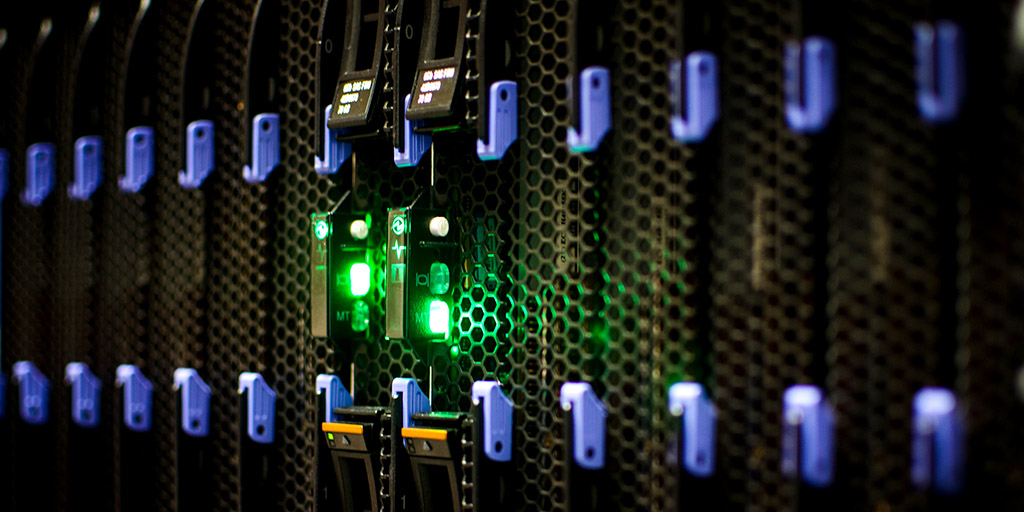In Designing Casinos to Dominate the Competition, Bill Friedman describes the careful attention to detail in casino design. He argues that each component–the labyrinthian layout, the random chimes of victory, the absence of clocks, the complimentary beverages and upgrades–is precisely calculated to maximize profits for the house by trapping gamblers with the walled garden. While those entering and gambling at a casino do have volition, the systems and structures implemented by the casino are designed to produce one outcome: profit. The choice to keep gambling is resistance free, while the choice to walk away is behind a locked door. The battle must be fought, like so many successful engagements, at the top of the hill. “You can check out any time you like, but you can never leave.”
Who is to blame in this scenario? The gambler typically receives primary culpability, but the actions of the casino owners must not be ignored. No one should enter a casino under the illusion that it is designed to provide a fair and enjoyable experience; the casino exists to extract as much wealth as possible from its players. While all know “the house always wins,” most interpret this as a description of the long-term odds. You may choose to play anyways for the sake of a thrill or short-term winnings. But what is often overlooked, whether because ignorance is bliss or out of true ignorance, is the systemic manipulation of the environment to keep contestants playing.
Most parents would not allow their children to enter a casino but consider a smartphone a necessity for their kids by the time they reach middle school. Everyone else has one, so we might as well join the rush. As a teacher of middle schoolers, I regularly observe the deleterious effects of smartphones. Aside from placing vile content a click away, attention spans are shorter and reasoning shallower. The level of crassness and vulgarity is accelerating, and it seems the rapid transmission of mores, slang, and language patterns through technology is to blame. How else is every student able to correctly interpret gen-z slang: “Oh bet, he got mad rizz, no cap for real fam. He a g with the drip.”
Even more sinister are the group effects of social media and AI. Those who seek more traditional friendships are likely to find it difficult due to social media’s impact on their peers. I hear from parents whose children are unable to talk to each other at a restaurant after a game because everyone is fixated on their screen. How students interact with each other’s social media accounts increases interpersonal conflict which they lack the tools to resolve. One cannot simply opt out of the system without real costs. The majority of their peers having smartphones and media accounts drives thoughtless capitulation to screens to the exclusion of peers whose parents choose to limit the options.
AI and smartphones are tools, but they are not tools in the same way a shovel or a hammer is a tool. These objects’ function is not inherently moral or immoral. While they can be used for things outside their immediate function, they do not lend themselves easily to those tasks. Antón Barba-Kay notes the difference between digital and analog devices: “Digital technology is not . . . one tool among others–it is increasingly the medium, means, and meaning of culture itself.” Increasingly, you must pass through these gatekeepers in order to function in the technology-dependent world. They do not allow you to achieve an end more effectively, but lead you towards specific goal. Digital technologies habituate to a particular kind of living in the world.
AI and algorithm-based media are more like human mousetraps. If you are exceptionally clever or skilled, they can provide you with food, free from labor, but more often than not, they will kill you. And your death is the intended function. These tools are not amoral instruments for good or ill. They have an intended design: to keep you trapped, hooked, glued, addicted.
The brain-hacking used by social media companies and app developers is well documented at this point. These apps deliberately manipulate the dopamine response network to create addictive patterns of behavior. Heavy smartphone usage decreases attention spans, increases anger and depression, self-propagates addiction through dopamine cycles, and silos us into cultural ghettos. 42% of teens who believe that their mental health is declining blame social media’s impact. Sapien Labs plotted the age at which an adult received their first smartphone and their mental health and found a strong correlation indicating the earlier that one obtains a phone, the worse their mental health. Steve Jobs famously refused to give his kids an iPad, believing it was too dangerous. In his vision for Apple devices, he wished to minimize the friction between the user and the content, blurring the line between the virtual and the real. With products like Oculus, Apple Vision, and Google Glass, the line is nearly non-existent.
For children, the danger becomes even more acute. We restrict other addictive substances until their brains have sufficient development in order to resist manipulation and enslavement. We should be treating smartphones and AI technologies as age-restricted substances. It is folly to give your children a smartphone with unfettered access to the internet and nothing more than the instruction, “be good.” This is not grace, but hatred: “The mercy of the wicked is cruel.” Children and teens are not prepared to resist the deliberate hijacking of their brain chemistry. It is granting them a genie to grant every idle curiosity without developing their ability to choose good and resist evil. As Burke remarked, “Men of intemperate minds cannot be free. Their passions forge their fetters.”
Almost any sensible restriction is going to be met with the complaint that it is too draconian or legalistic. My school recently implemented the policy that students are not allowed to have phones on campus. The change was met with some complaining, but it has been for the better. Even though phones are still smuggled into the building (further evidence of addiction and enabling by parents), they have become so verboten that the act is all risk with no upside. Other schools have proposed various pledges by parents to hold off on giving their children smartphones. Unfortunately, such groups are still the minority, and many parents continue to believe Big Tech’s lie that early access to technology is a key factor in career advancement.
Sin enslaves and destroys. It takes good things and perverts them towards disordered ends. In different degrees, sin ravages communities, sunders bonds between people, and sows distrust, isolation, and self-destruction. It is a cancer that consumes until there is nothing left. The smartphone promises a thousand servants in your pocket. You have the power to play music, navigate the world, look up anything that pops into your head, take pictures, and communicate through the magical conjoining of sand and static. But this promise of liberty and leisure, like so many others, turns out to be another form of enslavement if the requisite discipline has not been formed. As David Foster Wallace acutely pointed out (and demonstrated), anything you worship will eat you alive. If you prize the freedom given by the smartphone so much that you cannot imagine life without it, you will forever be bound by its tether and a slave to its whims.
How has this technology brought greater liberty and humanity? Well, let us not focus on what can AI be used for, but what is it being used for. As AI stretches from words to images and even videos, it will inevitably be already is being used for pornography, and child pornography in particular. One of the largest AI companies is asking how their technology can be used to “responsibly” create pornography. To even ask the question of how to “responsibly” encourage perversion betrays the demonic insanity of those pushing AI. It as if these companies are saying, “Our goal is to ensure that perverts rape and murder responsibly.” We don’t even need to remember that if no one prevents the unintended effects of a technology, those effects become the intended results; they are openly designing a trap custom-tailored to your vices.
AI is a new frontier and we are not prepared. The current arguments against pornography because of the dehumanization of its participants and contribution to sex trafficking will hang limply when no human person is involved. However, we cannot simply focus on those in the pornography; we must also remember it dehumanizes the viewers. The beauty and power of light is that it is nothing but light. It is not weakness that its purity cannot be tainted by darkness; that is its power. The ability to achieve every base desire is not freedom, but the worst form of slavery.
AI promises free cheese, but there is no such thing as a free lunch. Although we often boast about AI’s ability to create, we should instead focus the conversation on the kind of society AI produces. Good intentions mean nothing. It is not a society of industry and creation, but consumption. Billions of dollars are being funneled into AI initiatives because they promise a return on the investment–not by the furthering of our humanity, but the siphoning of creativity, talent, and labor to those who manage the AI. Why does Google offer its documents and services for free to educational institutions? It gains millions of users in its ecosystem and access to their data. Are we deluding ourselves into thinking that we are smart enough to escape the trap while we climb over mountains of corpses? It will be different this time.
Image via SectorLink










